Without a doubt, the ketogenic diet has become increasingly popular in recent years as a way to lose weight and overall health improvement.
This high-fat, low-carb diet is designed to put your body into a state of ketosis, where it burns fat for fuel instead of carbohydrates.
While a keto diet has been shown to be effective for weight loss and other health benefits, many people wonder if it's possible to overeat fat on keto.
According to experts, it's possible to over consume fat on the keto diet, leading to weight gain and other health problems.
While the diet is designed to be high in fat, it's important to remember that not all fats are created equal.
Some sources of fat are healthier than others, and it's essential to choose the right ones to ensure you're getting the nutrients your body needs.
Can You Eat Too Much Fat On A Keto Diet?
Although fat is a key part of the keto diet, you can consume too much fat and struggle with meeting your goals and even hinder weight loss if you are eating more than your body needs to achieve ketosis.
You can even begin to gain weight if your macros are not tailored to your needs.
While the diet is designed to be high in fat, it's key to choose healthy sources of fat and to monitor your intake to ensure you do not have too many calories.
By choosing the right sources of fat and monitoring your intake, you can enjoy the many benefits of the keto diet without putting your health at risk.
The Role of Fat in the Keto Diet & Energy Production
How The Keto Diet Works
The ketogenic diet is a high-fat, low-carbohydrate diet that forces the body to burn fat for fuel instead of glucose.
By consuming a high amount of fat and reducing your carbohydrate intake, you deprive your body of its main fuel source, which is sugar.
This deprivation prompts your body to increase its capacity to burn fat while also converting fatty acids (and some amino acids) into ketones as an alternative source of fuel.
Why Fat Is Important On The Keto Diet
Fat is a crucial macronutrient in the keto diet because it provides most of your daily calorie intake and is necessary for maintaining ketosis.
When you consume fat, your body breaks it down into ketones, which are used for energy. Without enough fat, your body won't have enough ketones to keep you in ketosis, and you may start to feel tired and sluggish.
You can refer to our article, How To Beat The Keto Flu, if you begin to feel these symptoms.
Although the keto diet is high in fat, you must choose healthy fat sources, such as avocados, nuts, seeds, and olive oil.
Overeating unhealthy fat, such as trans fats or saturated fats, can increase your risk of heart disease and other health problems.
Consuming healthy sources of fat is vital to ensure you get the nutrients your body needs to thrive on this diet.
Achieving and maintaining ketosis offers numerous benefits, including enhanced weight loss, improved cognitive function, and sustained energy levels.
What Happens When You Eat Too Much Fat on Keto
The Risks Of Overconsuming Fat
Overconsuming fat can have negative consequences even when doing a ketogenic diet.
Eating too much fat can lead to weight gain, high cholesterol levels, and an increased risk of heart disease and diabetes.
When you consume more fat than your body needs, the excess fat is stored in your fat cells. This can lead to weight gain and an increase in body fat percentage.
Additionally, too much saturated fat can raise your LDL (bad) cholesterol levels.
Since not all fats are created equal, avoiding unhealthy fats, such as trans fats and processed vegetable oils, makes sense since they can increase inflammation in the body and lead to various problems.
How To Determine The Right Amount Of Fat For Your Body
Determining the right amount of fat to consume on the keto diet can be tricky.
It's crucial to consume enough fat to keep you satiated and provide your body with the energy it needs, but not so much that you're overconsuming and putting your health at risk.
A good starting point is to aim for a macronutrient ratio of 70% fat, 25% protein, and 5% carbohydrates. However, this ratio can vary depending on your individual needs and goals.
It's essential to listen to your body and adjust your fat intake accordingly.
Tracking your macronutrient intake using a food diary or app can help you determine if you're consuming too much fat.
Strategies For Managing Fat Intake on Keto
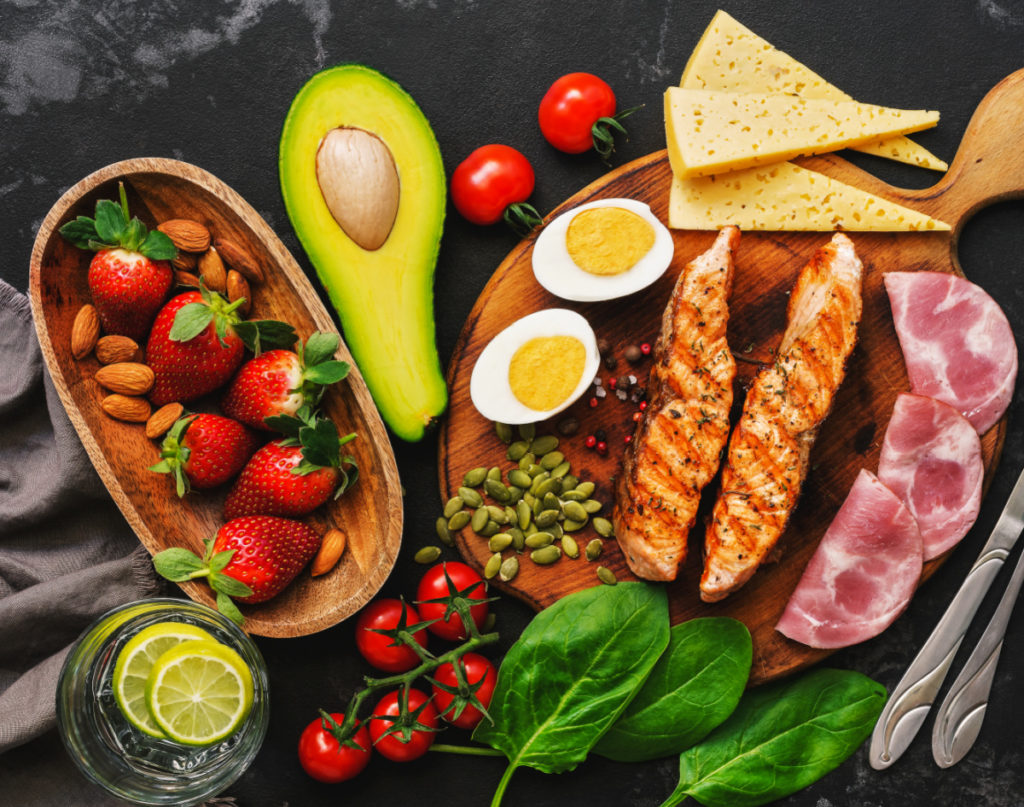
Choosing Healthy Fats
While it's important to consume enough fat on a keto diet, choosing healthy sources of fat is equally important. Focus on incorporating plenty of monounsaturated and polyunsaturated fats into your diet.
Monounsaturated Fats
Monounsaturated fats are a type of healthy dietary fat that offers several benefits when incorporated into a balanced diet. Here are some of the critical advantages of consuming monounsaturated fats:
- Heart Health: Monounsaturated fats are beneficial for heart health. Studies suggest that replacing saturated and trans fats with monounsaturated fats can help lower LDL (bad) cholesterol levels and reduce the risk of heart disease. These fats have also been associated with improved blood pressure and decreased inflammation in the body.
- Weight Management: Monounsaturated fats can contribute to weight management. They provide a feeling of satiety, helping you feel full and satisfied after meals. By including these fats in your diet, you may be less likely to overeat or snack excessively, which can aid in weight control.
- Nutrient Absorption: Certain vitamins and antioxidants are fat-soluble, meaning they need fat to be adequately absorbed by the body. Monounsaturated fats can enhance the absorption of these nutrients, such as vitamins A, D, E, and K, as well as antioxidants like lycopene and beta-carotene.
- Blood Sugar Regulation: Including monounsaturated fats in meals can help stabilize blood sugar levels. They have a minimal impact on blood sugar compared to carbohydrates, promoting better glycemic control. This can be particularly beneficial for individuals with diabetes or those looking to manage their blood sugar levels.
- Anti-Inflammatory Effects: Monounsaturated fats possess anti-inflammatory properties, which can help reduce inflammation in the body. Chronic inflammation has been linked to various health conditions, including heart disease, diabetes, and certain types of cancer.
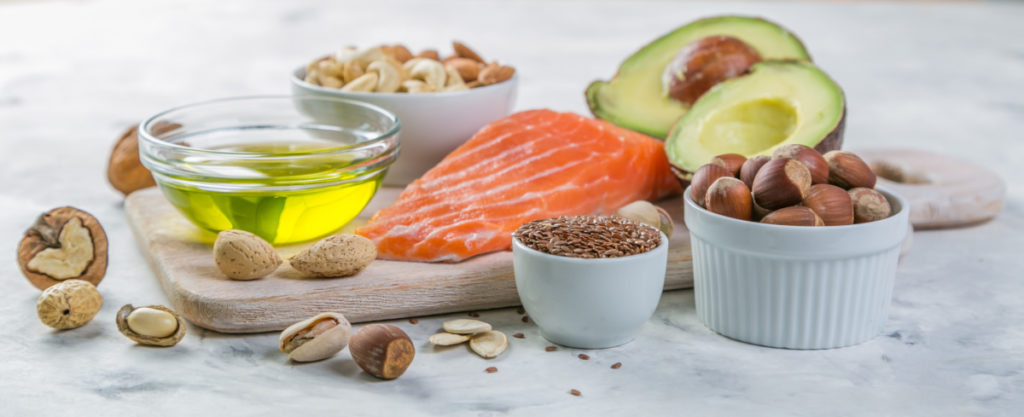
Sources For Monounsaturated Fats
- Olive oil: A staple in Mediterranean cuisine and is an excellent source of monounsaturated fats. Use it for cooking, dressings, and marinades.
- Avocados: They are not only delicious but also a great source of monounsaturated fats. Enjoy them sliced on keto toast, in salads, or as the base for guacamole.
- Nuts: Many nuts are high in monounsaturated fats. Almonds, cashews, pistachios, and macadamia nuts are all great choices. Enjoy them as a snack, and sprinkle them on salads.
- Nut butters: Almond butter and peanut butter are rich in monounsaturated fats. Spread them on keto-friendly bread, add them to smoothies, or use them as a dip for vegetables.
- Seeds: Seeds such as sesame seeds, pumpkin seeds, and sunflower seeds contain monounsaturated fats. Add them to salads, sprinkle them on top of keto ice cream, or include them in homemade granola.
- Olives: Olives are a versatile source of monounsaturated fats. Enjoy them as a snack, or add them to salads and main dishes.
Polyunsaturated Fats
Polyunsaturated fats, like monounsaturated fats, are an essential component of a healthy diet. They offer a range of benefits for overall health and well-being. Here are some key advantages of consuming polyunsaturated fats:
- Heart Health: Polyunsaturated fats, specifically omega-3 and omega-6 fatty acids, have been linked to heart health benefits. Omega-3 fatty acids, found in fatty fish such as salmon, mackerel, and sardines, as well as walnuts and flaxseeds, can help reduce inflammation, lower blood triglyceride levels, and decrease the risk of heart disease.
- Brain Function: Omega-3 fatty acids, particularly docosahexaenoic acid (DHA), play a crucial role in brain function and development. DHA is a structural component of brain tissue and supports cognitive function and memory. Including sources of omega-3 fatty acids in your diet, such as fatty fish, chia seeds, and walnuts, may help promote optimal brain health.
- Eye Health: Omega-3 fatty acids also play a role in maintaining good eye health. DHA, in particular, is present in high concentrations in the retina of the eye. Consuming omega-3-rich foods may help protect against age-related macular degeneration and dry eyes.
- Anti-Inflammatory Effects: Polyunsaturated fats, especially omega-3 fatty acids, are anti-inflammatory. Chronic inflammation is associated with various health conditions, including heart disease, diabetes, and certain types of cancer. By including sources of polyunsaturated fats in your diet, you can help balance inflammation levels in the body.
- Nutrient Absorption: Like monounsaturated fats, polyunsaturated fats aid in the absorption of fat-soluble vitamins, including vitamins A, D, E, and K. Consuming these healthy fats alongside nutrient-rich foods can enhance the absorption of these important vitamins.
Would you like to save this?
Sources Of Polyunsaturated Fats
- Fatty fish (salmon, mackerel, sardines)
- Flaxseeds and chia seeds
- Walnuts, sunflower seeds, and almonds
Incorporating these food sources into your diet can provide the benefits of polyunsaturated fats and support your overall health.
Remember to maintain a balanced diet and consume fats in moderation for optimal well-being.
Limiting Saturated And Trans Fats
It's also important to limit your intake of saturated and trans fats, which can increase your risk of heart disease. Sources of saturated fat include fatty cuts of meat, butter, cheese, and coconut oil. Trans fats are found in many processed foods, such as fried foods, baked goods, and margarine.
Tracking Your Fat Intake
One way to ensure you consume enough fat on a keto diet is to track your macronutrient intake. There are many apps and websites available that can help you do this, such as MyFitnessPal.
These tools allow you to input your daily food intake and track your intake of fat, protein, and carbohydrates.
Adjusting Your Macros
If you consistently consume too much or too little fat on a keto diet, you may need to adjust your macronutrient ratios.
This can be done by increasing or decreasing your fat, protein, and/or carbohydrate intake.
By adhering closely to the recommendations provided by the calculator, you should be able to achieve the desired results.
Assess your progress after 3-5 weeks, and then follow the recommendations below to ensure you are on the right track.
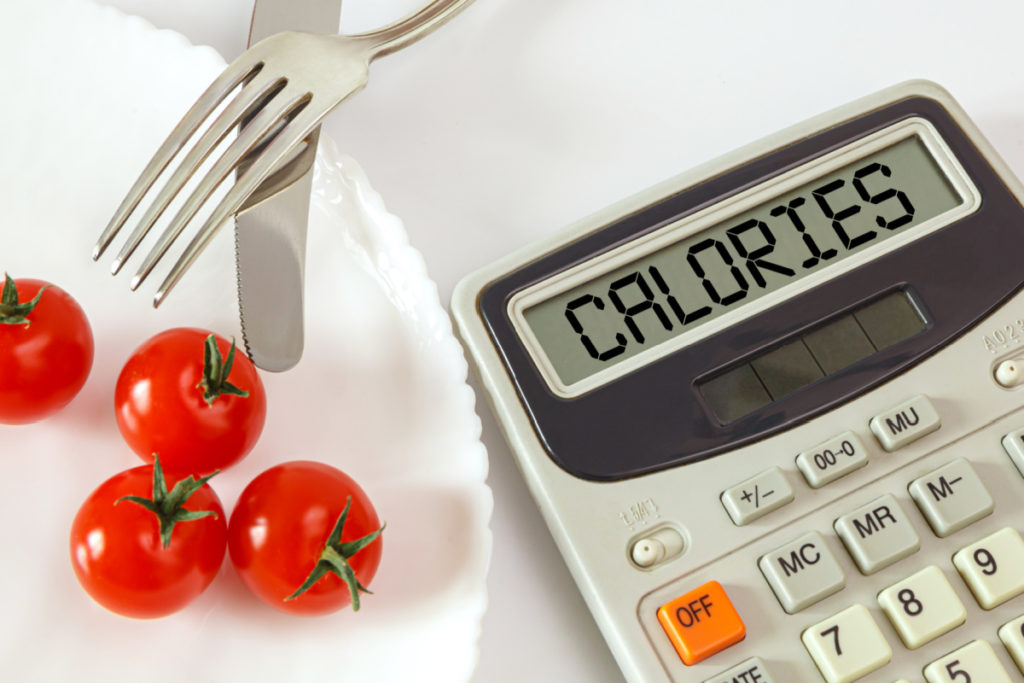
Determining The Optimal Fat Intake For Your Keto Lifestyle
If your goal is weight loss, here are some important considerations and actions to take:
- If you consistently lose weight at a rate of 1 to 2 pounds per week, continue your current approach until you reach a plateau. When your weight loss stalls, decrease your fat consumption until you start losing weight at a steady rate.
- If your weight loss is less than 1 pound per week and you are unsatisfied with the results, I recommend increasing your calorie deficit by 5 to 10% (avoid exceeding a 30% deficit), tracking your calorie intake.
- If you are gaining weight, I suggest increasing your calorie deficit by 5 to 10% (avoid exceeding a 30% deficit) and tracking your calorie consumption. Regardless of the situation, monitoring the reduction in your waist circumference (around the belly button) is crucial as it is a more reliable indicator of fat loss than relying solely on weight tracking.
When Your Goal Is Building Muscle, Take Into Account The Following Recommendations:
- If your goal is simultaneous muscle gain and fat loss, measuring your waist circumference and limb circumferences (such as upper arms and legs) is advisable. Your waist circumference should consistently decrease while your limb circumferences increase.
- If gaining muscle is your aim, you should increase your fat intake (along with consuming the appropriate amount of protein) until you achieve a steady rate of weight gain, primarily consisting of muscle.
The amount of fat you consume depends on your goals and the pace at which you aim to achieve them.
Don't Fear Fat Consumption
To clarify, there is no need to misunderstand the information given. There is no reason to fear fat.
Just because fat is not unlimited on the keto diet does not mean you must revert to the '80s when low-fat diets were heavily promoted.
The key is to be mindful of your fat intake if you add excessive amounts of fats and oils, as it could impede your progress in achieving your fat loss goals.
Additionally, it is crucial to listen to your appetite. It is typical for hunger levels and calorie intake, including fat, to fluctuate daily.
It is unrealistic to expect hunger to remain constant throughout the year, disregarding factors such as activity level, sleep quality, and for women, the menstrual cycle.
There will be days when an observer might assume you are following a low-fat diet based on your food choices, while on other days, you may consume a significant amount of fat.
Both variations are acceptable. Generally, things tend to balance out over time as long as you do not excessively add fat and oil without considering the quantity or quality of fats.
To conclude, redirecting your attention from "keto" to a low-carb approach is a positive step, and redefining LCHF as low-carb healthy fat is even more beneficial.
While indulging in the delightful fats on your keto diet, it is crucial to be mindful of whether you may be going overboard if weight loss is proving challenging.
It's essential to make these adjustments gradually and to monitor how your body responds. It's also key to consult with a healthcare professional or registered dietitian before making significant changes to your diet.
Planning Your Keto Meals For Success
One good idea is to adhere to a keto meal plan for success. By planning your meals, you ensure you stick to your daily calories without too much protein or extra fat.
You'll ensure the grams of carbs and fat ratio are balanced by thinking ahead about which keto-friendly foods you will consume.
This type of planning will more likely keep your metabolic state running efficiently, giving keto dieters the success they are aiming for.
Join Our Jesus And Keto Movement
Looking for an online support system to help you stay the course on keto? As a family, we came to the keto diet looking at it from a Christian perspective. As believers, we live our lives supported by God's grace.
So when the Holy Spirit led us to combine our Christian faith and the keto diet, we did so in hopes of finding lasting transformation. When we followed the Holy Spirit's prompting, we got on the path to real transformation.
Knowing firsthand the benefits of this decision, we have created a closed Christian group that is using the keto diet to transform their lives. We invite you to join our Private Facebook Group and see if it's not the key you have been missing.
Be sure to request our FREE Jesus and Keto E-Book (First 7 Days). We hope it blesses you.
Fittoservegroup Keto App
Looking for a fast way to access our keto recipes? We got you covered. There's an app for that. Yup, there's a Fit To Serve Group App and it's going to make your keto diet a delicious breeze!
Access hundreds of recipes that are all sugar-free, gluten-free, and keto-friendly.
Enjoy early access to recipes before they go live on the website. Plus, bonus recipes that are exclusive to the app. Make your own personal cookbooks that you can use to organize your favorite recipes.
Search recipes by title, ingredients, keywords, and categories, and of course, every recipe shows complete nutritional facts. Get the Fit to Serve Group App for easy-to-follow keto recipes made with easy-to-source ingredients.
The app is loaded with hundreds of yummy recipes for breakfast, lunch, dinner, snacks, and even desserts!
Learn more by visiting our Fit To Serve Group App Page.

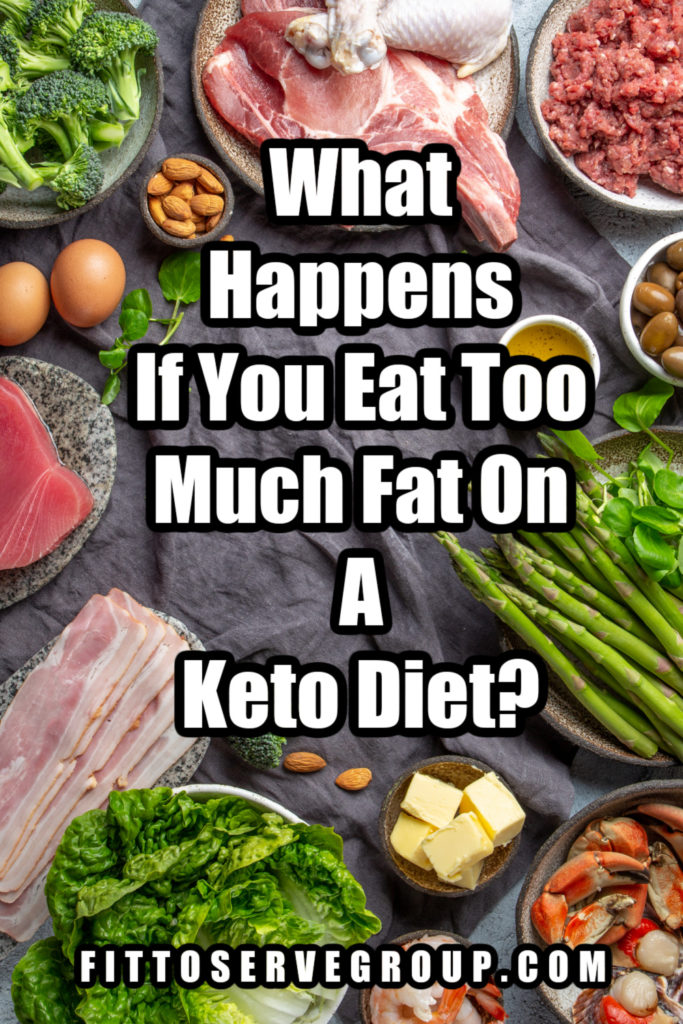
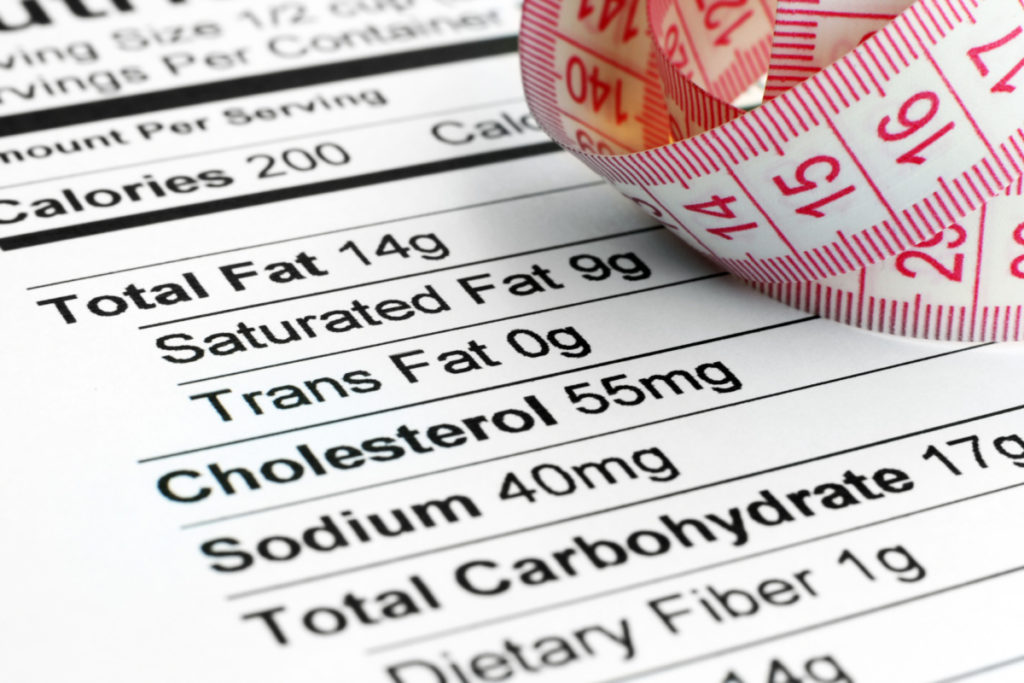
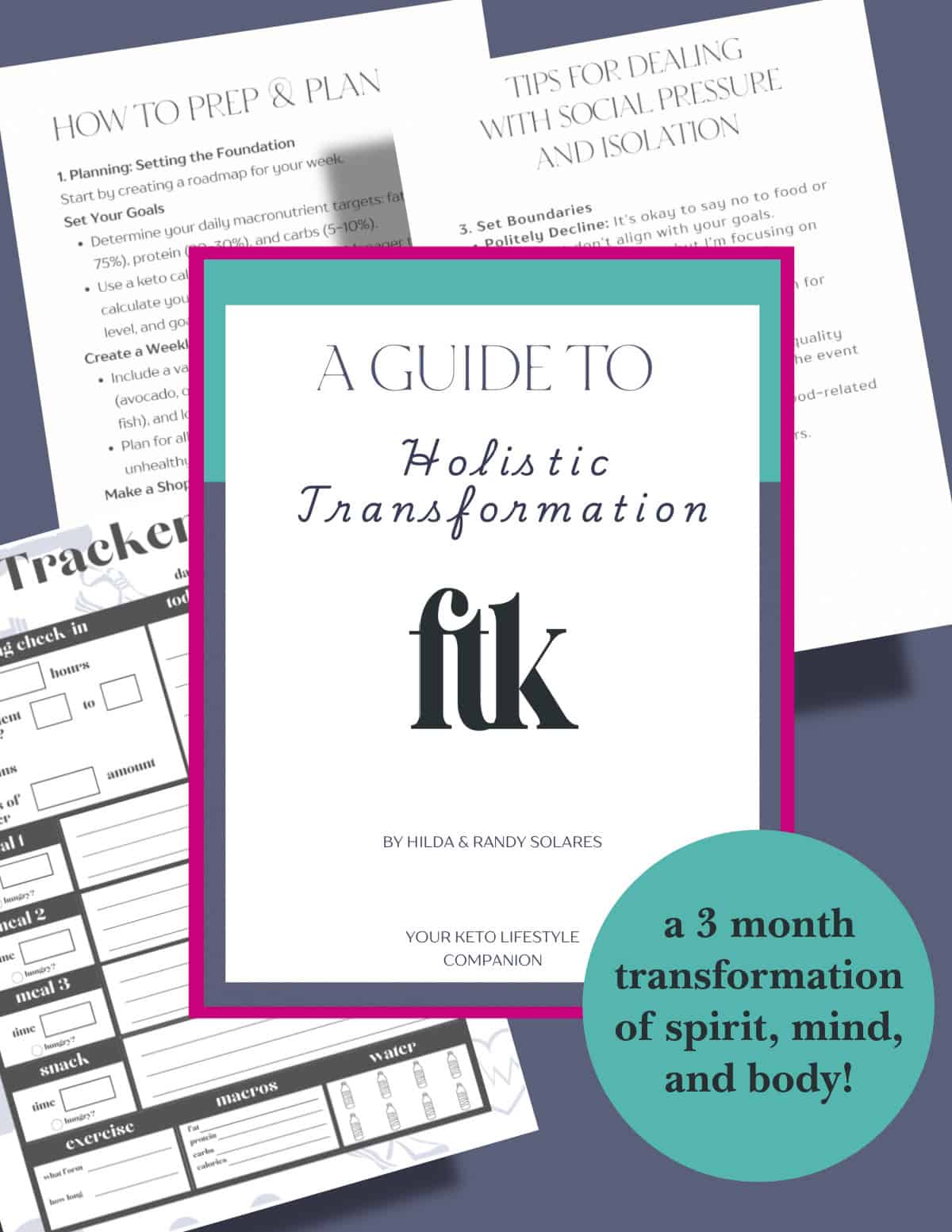




Leave a Reply